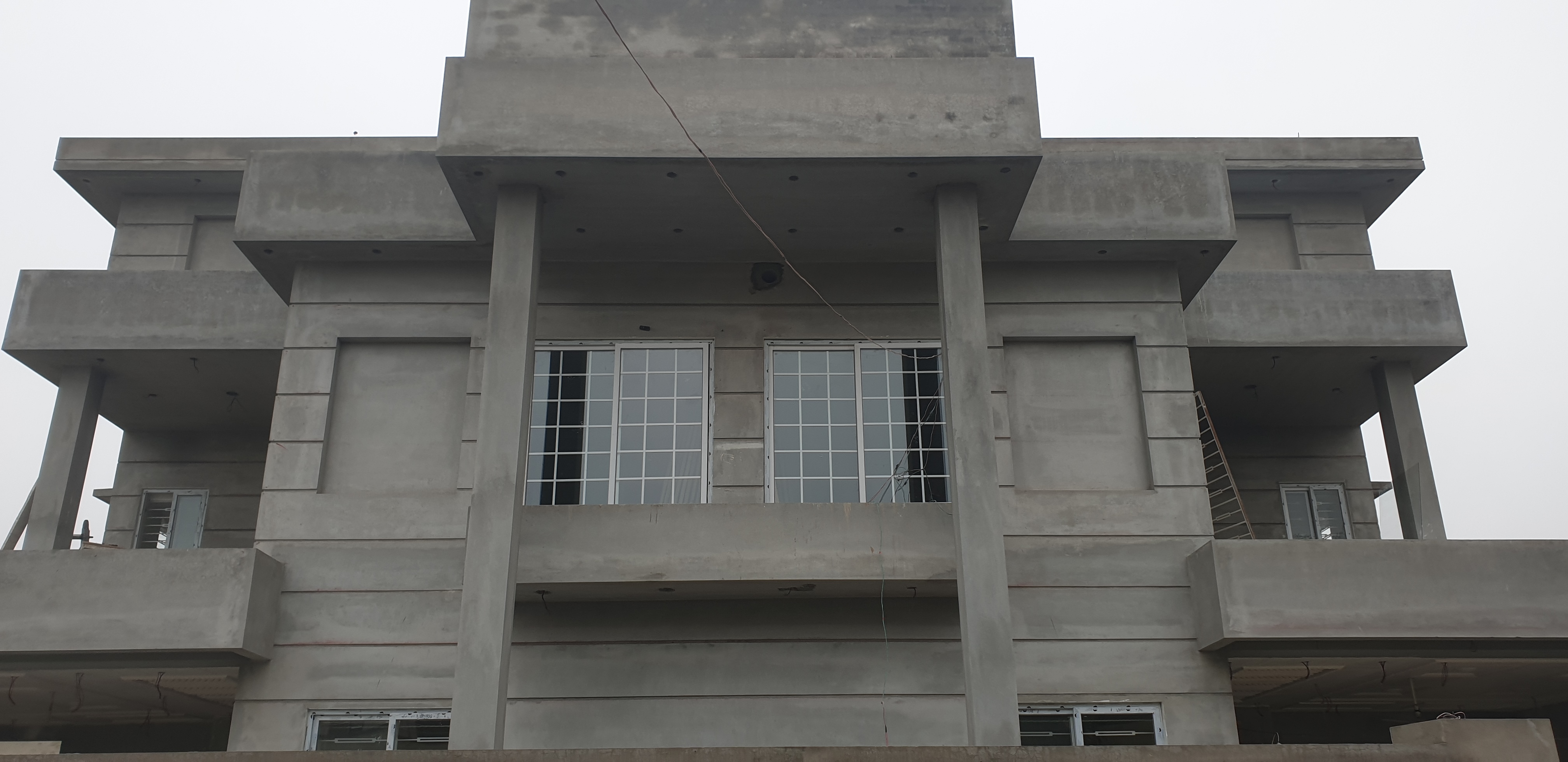Architectural and Engineering Glossary
C
Depreciation of a building reckoned on the basis of the depreciation of individual elements of the building,thereby accounting for the building’s overall loss in utility with time.
A combination of conventional materials such as gypsum with reinforcement fibers such as carbon or glass so as to provide the material with greater strength.
An arch whose curves are struck from four centers,as in English Perpendicular Gothic;a mixed arch.
A structural beam composed of different materials so interconnected that the beam responds to loads as a unit.
A type of hardboard,esp.one fabricated for use in heat insulation.
A bell and spigot joint that is sealed with a combination of materials such as cement and hemp,rope and rosin,etc.
Premium Product & Services
Best products and services from our partners
A plastic mixture of cement,lime,sand,and water.
See built up roofing.
See asphalt shingles.
One of a pair of two rafters,one spaced above the other;the one below is usually called the secondary rafter.
Wood shakes,2 found in combination.
One whose construction appears to depend upon a pendant placed on each side,and within the walls that carry the main vault.
A wall which is constructed of more than one material;not of homogeneous construction.
Wood impregnated with a thermosetting resin,then subjected to heat and pressure to provide both resin curing and compression.
The relative resistance (e.g.,of a soil mass) to a change in volume upon being subjected to a compressive stress.
1.The state of being compressed,or being shortened by a force.2.The change in length produced in a test specimen by a compressive load.
A joint,between two structural members in compression,that transmits the compressive stress from one member to the other.
A coupling used to connect sections of hubless pipe (i.e.,pipe with out a hub),acid-resistant cast-iron pipe,or glass pipe;consists of an inner elastomeric gasket and an outer metallic sleeve,with an integral bolt used to tighten and compress the seal.
A faucet in which water flow is shut off by a flat disk that is screwed down onto its seat.
The widened portion of a beam or girder,such as the horizontal portion of the cross section of a simple-span T-beam which is shortened by bending under a normal load.
A gasket designed for use under compression.
The setting of a pane of glass in an opening using a glazing gasket,2 to hold the glass in place.
1.Any joint formed by a fitting designed to join piping or tubing by means of pressure.2.A joint having cup shaped threaded nuts which,when tightened,compress tapered sleeves so they form a tight joint along the periphery of the tubing they connect.
A reduction in the thickness of an elastomeric element along the line of an externally applied force.
Any member in which the primary stress is longitudinal compression.
A technique of thermoset molding;a molding compound is placed in a polished steel mold,and then heat and pressure are applied.
Structural reinforcement which is designed to carry compressive stresses.
A material which provides a seal as a result of pressure between the faces of a joint.
The permanent deformation of an elastomeric sealant,compressed so far that its internal structure is partially or completely destroyed and it no longer will assume its previous shape.
On a specimen of mortar or concrete,a test to determine its compressive strength;in the US,unless otherwise specified,mortar test specimens are 2-in.cubes,and concrete test specimens are cylinders 6 in.in diameter and 12 in.high.
A valve in which water flow is shut off by a flat disk that is screwed down onto its seat.
Abnormal wood formed on the underside of branches and leaning trunks of softwoods;usually lower in strength;has unusual shrinkage characteristics.
The strain caused by a compressive load.
The maximum compressive stress which a material is capable of sustaining.
1.The stress which resists the shortening effect of an external compressive force.2.For a test specimen:the compressive load per unit area of original cross section carried by the test specimen at any time during a compression test.
A machine for compressing air or other gases which is a basic component in some refrigeration systems;draws vaporized refrigerant from the evaporator at a relatively low pressure,compresses it,and then discharges it to a condenser.
Equipment utilizing a compressor,condensor,evaporator,controls,and accessories to cool water or other secondary liquid.
A downspout (down pipe) that is covered or recessed,rather than surface mounted.
On a roof,flashing which is entirely concealed by shingles.
A grid support system that is not visible from below;used in certain types of suspended acoustical tile ceilings.
A gutter built into the eaves of a roof,usually metal-lined.
1.See blind nailing.2.In roofing,see nailing.
Piping which usually requires the removal of permanent construction to gain access to it.
Routing at the bottom of a cabinet door or drawer to provide a means of opening and closing without pulls.
A system for suspending an acoustical ceiling in which no suspension members are visible in the room.
A type of valley on a roof;the shingles or slates are laid to the intersecting roof surfaces,covering the metal lining of the valley.
The spatial arrangement of wood particles,chips,flakes,or fibers used in particleboard,fiberboard,etc.
See batten roll.
A vault having a cross section in the form of a circular arc,which is larger at one end than the other.
A cone bearing tree or shrub of the gymnospermous order;a softwood which includes cypress,firs,pines,and spruce.














